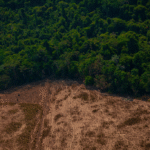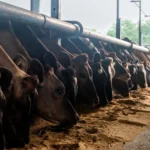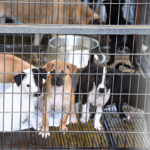Deforestation is one of the most urgent environmental crises of our time, with wide-reaching consequences for climate stability, biodiversity, and indigenous communities. While industries like logging, mining, and urban expansion are often blamed, one of the biggest culprits is often overlooked: animal agriculture.
The global demand for meat, dairy, and animal feed continues to push forests to the brink—clearing land, endangering species, and accelerating climate change.
The Scale of the Problem
According to the Food and Agriculture Organization (FAO), agriculture is responsible for 80% of global deforestation, and livestock farming is the single largest driver. Forests are cleared both to create grazing land and to grow feed crops—mainly soy and corn—for animals.
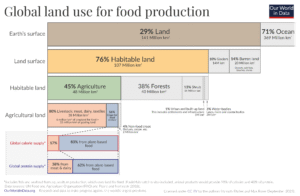
The Amazon rainforest, often called the “lungs of the Earth,” is one of the most heavily impacted regions. Around 70% of Amazon deforestation is directly linked to cattle ranching, and much of the soy grown in South America (about 77%) is used not for human food, but to feed animals raised for meat and dairy.
How Animal Agriculture Fuels Forest Loss
1. Cattle Ranching and Pasture Expansion
Forests are cleared on a massive scale to create pastures for cattle. Brazil, the world’s top beef exporter, has lost millions of hectares of rainforest to cattle farming. Similar trends are emerging in Southeast Asia and Sub-Saharan Africa.
2. Soybean Cultivation for Animal Feed
While soy is often associated with plant-based food, the majority is fed to livestock. Expanding soy plantations in Brazil, Argentina, and Paraguay are driving deforestation. This disrupts local water cycles, contributes to soil erosion, and causes biodiversity collapse.
3. Infrastructure Development
Industrial animal agriculture requires roads, slaughterhouses, and storage facilities—often built at the expense of forests. Logging and deliberate burning to clear land release massive amounts of stored carbon into the atmosphere.
Environmental Impacts of Deforestation from Animal Farming
Loss of Biodiversity
Rainforests are home to over 80% of all terrestrial species. When forests are destroyed for animal farming, countless animals and plants lose their habitats, pushing many toward extinction.
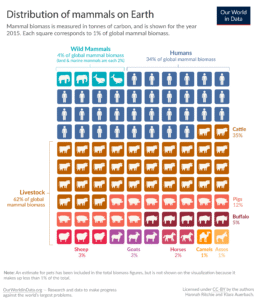
Increased Greenhouse Gas Emissions
Deforestation not only destroys carbon-absorbing forests, it releases that stored carbon into the atmosphere. Combine this with methane from livestock, and you have one of the most damaging contributors to global warming.
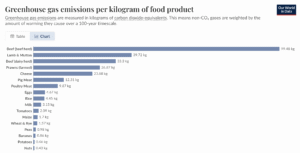
What Can Be Done?
Reduce Meat and Dairy Consumption
Even small dietary shifts can reduce pressure on forests. A plant-based or flexitarian diet significantly lowers the demand for land-intensive animal farming.
Support Sustainable Farming Practices
Encourage rotational grazing and land regeneration instead of expansion. Buy from small-scale, ethical producers whenever possible.
Push for Stronger Policies
Governments must regulate land use more effectively. Incentives for sustainable agriculture and enforcement against illegal deforestation are essential.
Make Informed Consumer Choices
Look for credible certifications from environmental agencies. Choose plant-based or sustainably sourced products when available. Use your purchasing power to reduce demand for products linked to deforestation.
Animal agriculture is a major driver of deforestation, it’s damaging ecosystems, displacing communities, and accelerating climate change. Yet this destruction is not inevitable. It is the result of systems and choices that can be changed.


